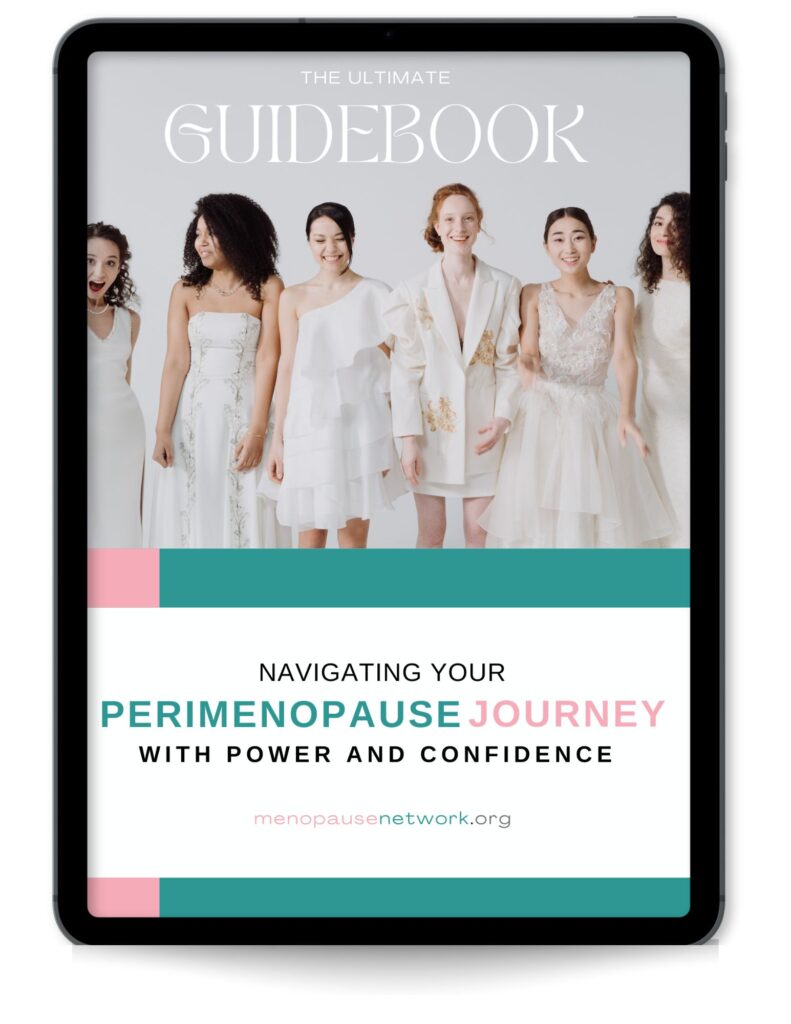Perimenopause Breast Pain: What’s Behind the Ache (and How to Feel Better)

If your boobs suddenly feel like they’re staging a full-blown rebellion, welcome to the wild ride called perimenopause. Breast pain — known medically as mastalgia — is one of those symptoms nobody warns you about when you’re entering your 40s (or even late 30s!). But it’s common, it’s usually harmless, and yes, there are real ways to get some sweet relief.
Let’s break down what’s happening to your body — and what you can actually do about it.
What Causes Breast Pain During Perimenopause?
Blame it on hormones. During perimenopause, your estrogen and progesterone levels don’t just quietly retire — they fluctuate wildly. This hormonal chaos can cause your breast tissue to swell, become tender, or even feel lumpy.
🔹 Estrogen surges tend to stimulate the breast ducts, making them feel fuller or achy.
🔹 Progesterone fluctuations can cause swelling of the milk glands, leading to a heavy, sore feeling.
According to a study published in The Journal of Menopausal Medicine, around 70% of women report experiencing breast discomfort at some point during perimenopause. (You’re in good company.)
What Does Perimenopause Breast Pain Feel Like?
Every woman’s experience is slightly different, but many describe it as:
- A dull, heavy ache
- Sharp, shooting pains
- Tenderness around the nipples or sides of the breasts
- A general feeling of fullness or sensitivity
It might hit one breast harder than the other, come and go unpredictably, or flare up right before your period — even if your periods are getting irregular.
When Should You See a Doctor?
Here’s the good news: most breast pain during perimenopause isn’t serious.
However, you should check in with your healthcare provider if you notice:
- A new lump or mass that doesn’t go away
- Clear, bloody, or suspicious nipple discharge
- Skin changes like dimpling or puckering
- Breast pain that’s localized to one specific spot
Your doctor might recommend a mammogram or ultrasound just to rule out anything more serious. When it comes to your health, it’s better to be safe than sorry.
How to Soothe Perimenopause Breast Pain — Naturally
Perimenopause breast pain can be uncomfortable, but there are natural remedies that may help alleviate the discomfort:
1. Supportive Bras Are Your New Best Friend
Think full coverage, no underwires digging into your skin, and the right fit. A properly fitted sports bra can be a game-changer, especially during workouts.
2. Try Dietary Tweaks
Some studies suggest reducing caffeine and salt may ease breast pain. Upping your intake of omega-3 fatty acids (think salmon, walnuts, chia seeds) could also help calm inflammation.
3. Apply Warm or Cold Compresses
A warm heating pad or cold packs can work wonders for soothing sore tissue.
4. Consider Evening Primrose Oil
This plant-based supplement is rich in gamma-linolenic acid (GLA), an anti-inflammatory fatty acid. Some small studies suggest it may reduce cyclical breast pain — though always check with your doctor before adding any supplements.
5. Manage Stress
Stress can amplify hormonal symptoms (thanks again, cortisol). Daily walks, mindfulness apps, and gentle yoga can all help bring those cortisol levels down a notch.
6. Talk to Your Doctor About Hormone Therapy
In more stubborn cases, your doctor might suggest low-dose hormonal treatments to help balance things out. It’s not for everyone, but it’s an option worth discussing if breast pain is cramping your style — and your wardrobe.
Final Thought
Perimenopause is messy, but you don’t have to power through the pain alone. Listening to your body, making a few lifestyle tweaks, and getting expert guidance can make a huge difference. Remember: sore boobs today don’t mean something serious tomorrow — but they do deserve a little TLC!

Take Control of Your Perimenopause Journey—With Confidence and Clarity!
Feeling confused or overwhelmed by perimenopause symptoms? Our practical, empowering guide is here to help. Packed with expert advice and easy-to-apply tips, you’ll learn how to manage mood swings, hot flashes, fatigue, and more—so you can feel your best every day.
Download your guide today and embrace perimenopause with power and confidence!
